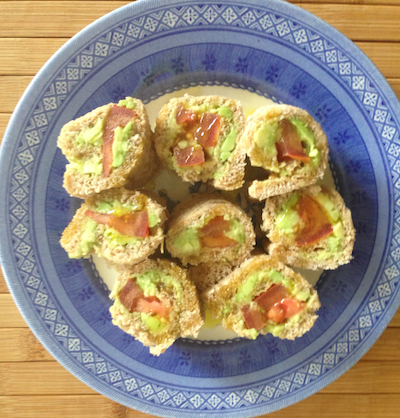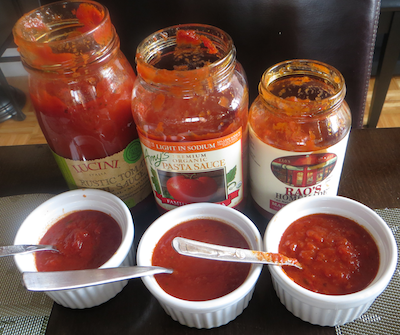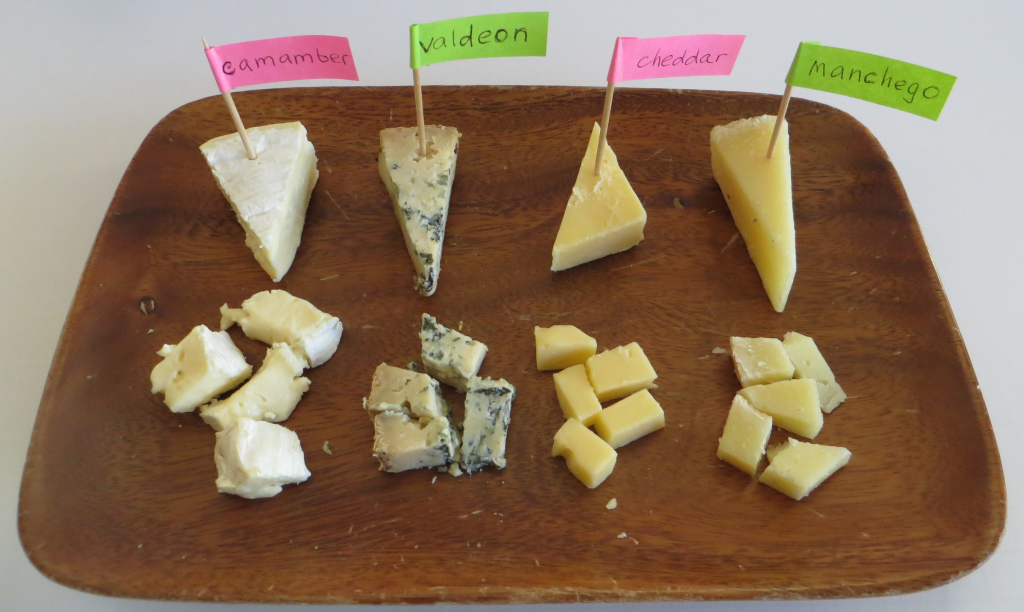Are you stuck in the pizza/chicken nugget trap? Perhaps it’s PB&J at your house? The pizza/chicken nugget trap is essentially what can happen when typically picky toddlers refuse most family foods and parents, out of worry their kids won’t eat anything, start giving kids a limited repertoire of foods they know their kids will eat. If this has happened in your house it, no doubt, arose from good intentions.
Now you are ready to get out of this rut and to expand your child’s limited palate, but aren’t sure how to accomplish this. We will give you lots of ideas in the subsections below.
Important: all the ideas we share with you in this session are just that – ideas and suggestions. Nothing is cut in stone here. We encourage you to experiment rather than follow a rigid set of rules.
Eating the same meal two days in a row is not always fun. But you can use leftovers to (guess what?) create more VARIETY!
Avoid the Kid Food Trap
There’s nothing inherently wrong with “kid food” — serving it from time to time won’t harm your child and is nothing to feel guilty about. The problem comes when you become dependent on it and your kids start to refuse other foods.
Most “kid food” is highly palatable: extra crispy, extra sweet, extra salty or some combo of awesomeness that is tough to replicate with grown-up food, fruits, vegetables and things you might cook at home. For example, fruit chews taste nothing like real fruit and have nothing texturally in common with fruit. Same with baby “puffs” and other special foods marketed for toddlers.
Now, we don’t want anyone to think “oh no I can’t give my kids goldfish anymore!” or “puffs are bad!” Because it’s really not about that. It is about keeping your food offerings well rounded. Many parents fall into the “kid food trap” because they desperately want something their child will actually eat when the normal phase of food rejection and picky eating begins.
That fear that your child isn’t eating enough is the issue, not what they are actually eating. So you might start serving chicken nuggets for your kids’ sake every time the rest of the family eats baked chicken. Maybe you served them initially because they were fast and easy. Nothing wrong with that. But then the preference stuck and it was easier than the worry that accompanied dinner when they didn’t eat much.
Preventing the Kid Food Rut
Progress through textures as soon as baby is ready. Don’t get stuck in purees. When your child is ready for thicker or lumpier food, share grown up food by mashing, chopping and dicing it for baby.
Don’t take the spitting out of food the wrong way. It is part of the many ways babies learn about food. They may taste it and take it out. They might spit it out and then pick it up again and try again. The path to accepting different flavors and textures is messy 🙂
Combine flavors. Let’s say baby Zoe loves sweet potato puree but isn’t a fan of pureed peas. You could mix a dab of peas together with her yams to give the beloved yams the slightest hint of peas. Over time you can add a little more. If you cook & puree your own veggies, you can add herbs and seasonings similarly to the way you’d season your grown up food. Skip salt and pepper, but even something like a mild curry could work.
Don’t sweat “rejection” or take it personally. Remind yourself that kids have to experience a food many, many times in order to learn to accept and eventually, possibly, like it. Many babies make “eeew, yuck” faces upon trying a new food, but are eager to try another bite anyway. Does he lean forward for more if he sees the spoon in front of him? Follow his lead, not just his funny faces.
A 12 month old that shows no interest in chicken, might start to enjoy it 5 servings from now if you don’t quit offering it. Take every “rejection” as incentive to plan to serve those foods again!
Combine foods. Oatmeal doesn’t have to be served plain once your child can handle varied textures. You can add all sorts of goodies to it: cut up fruit, yogurt, milk, ground nuts (assuming no history of allergies).
A sweet spinach salad with sliced strawberries or apple might encourage experimentation. Your child might pick out each strawberry slice and eat only that, but it is exposure. Grating carrots and apples together creates a yummy sweet treat.
Change the presentation. Veggies can be served raw or cooked and in various shapes. Smothered with cheese, roasted, or steamed—there are a myriad of ways to show off veggies. This is well illustrated in Adina’s article on ways to serve carrots: http://healthylittleeaters.com/change-it-up-with-carrots/.
Yogurt makes a great bridge! If your kids like yogurt (as many kids do), instead of buying Gogurt squeeze tubes and fruit-flavored varieties, teach them to like plain yogurt. We don’t guarantee that this will work for everyone, but it is worth trying. Plain (Greek or regular, full fat or not) yogurt can be sweetened by you very easily with fruit and honey or maple syrup. Even fruit preserves. You can control exactly how sweet you make it and vary it from time to time.
What’s perfect about yogurt that you sweeten yourself is that it is never uniformly sweet. There will be bites that are sweeter and bites that are sour. It’s a great little training tool. As you reduce the sweetness a bit, your kids will get more accustomed to the natural sour flavor.
The goal isn’t really to wean to completely plain yogurt, but to develop an acceptance and appreciation for that flavor. Because, then, you can add other ingredients to yogurt to help your child accept other foods. Adina’s son took to cucumber raita really easily, her daughter hasn’t become a fan, yet. But they are both able to enjoy quite a bit of that natural yogurt flavor with only minimal sweetening.
Despite all the suggestions above, your job really hasn’t changed – keep doing what you have been learning: maintain structured meals and snacks, letting your child have control over her job of how much to eat from the foods you have prepared. Expect meal skipping and do not short order cook.
Why you should not ask your toddler: “What do you want for dinner?”
Kids Don’t Know What they Want in Advance
Toddlers (and even older kids) don’t really know what they want until it’s on the table and even then they still have time to change their minds. A few weeks ago Adina made beet borscht. When her 4 y.o. daughter got to the table she immediately let her parents know that she did NOT like what was on the table. To top it off she declared she doesn’t like ANY kind of soup and will never eat any. 10 seconds later she added “except lentil soup.”
Parents remained nonchalant and reassured her she didn’t have to try any and reminded her what else was on the table (bread, cottage cheese). By the end of the meal, she took several sips. The next day at lunch (when leftovers were served) there was no negativity and a few more sips were tried—all of her own accord! It is not unusual for kids to tip toe or ‘sneak up’ on new or not-previously-loved foods. And it’s extremely satisfying to see our kids try foods because they want to rather than because they are being forced to.
Food Jags
Even if a child asks for something that they will eat, at this age it is normal for kids to go on food jags: think all PB&J all the time! Consider the repertoire of foods you serve, are you getting stuck in a jag for the sake of ensuring everyone will eat? Natalia is positive that if she was asking her kids what they wanted for dinner, they would pick ravioli with cheese 80% of the time. So by NOT asking but including their favorite ravioli from time to time she tries to strike a balance between their favorite and other foods the family is enjoying.
Its Not Their Responsibility
The task of coming up with the meal plan should rest squarely on our shoulders. It is a lot of work—there’s no denying it. But if it is hard for us, it’s definitely a tough job for a 2 1/2 year old. She really needs to be able to rely on us to get the job done. We are the adults who can plan balanced meals and lead the way. And of course, when we cross one line and tinker in one aspect of our child’s eating job, it is easier to cross another line and try to get him to eat.
Hiding Veggies – Brilliant Idea or Just Plain Wrong?
There are lots of ways to sneak or hide fruits and veggies into favorite entrees. Ways that could get some extra nutrients into your child when he wants nothing to do with fruits or veggies. But is it a good idea? Our answer: It depends on the answers to these questions:
What are your motives?
How likely would it happen?
Are you still serving it in visible form?
We don’t see a problem with putting nutritious ingredients inside of loved dishes to improve their nutritional profile:
adding spinach to smoothies
adding grated zucchini to a marinara sauce or muffins.
adding sweet potatoes to pancakes or carrots into a red sauce.
It is all in the approach. We are not fans of doing it in a sneaky or dishonest way—while knowing your child would be upset to know they’ve been “fooled.” A child with a strong aversion toward carrots would be rather put off if he found out you sneak them into juices, sauces or entrees.
We also don’t think that it’s a good long term strategy on its own. Yes, hiding spinach in a smoothie will get spinach into your child. But how will your child learn to appreciate the look, taste, texture and flavor of spinach in its many raw and cooked forms? The only way is to actually serve it regularly. Same with any other food.
Natalia had a client who started making “super burgers” for her 2 year old in an effort to get him to eat beans and vegetables alongside the more typical burger ingredient – meat. Eventually, a couple of years later, the boy figured out what his mom was hiding in his food and, although he did not react to it negatively, it did not move him an inch towards eating these foods in a visible form. He knows his mom puts carrots in his special burgers but he would never bite into a carrot stick because it is a foreign food for him. The mom focused on the short term goal of getting nutrients into her child because she was worried by his pretty typical picky eating stage but overlooked the long term effects of this approach.
Rotate! Rotate! Rotate!
As we prepared for this class we considered teaching the following rule:
Never serve the same food two days in a row!
But we weren’t sure that was truly realistic. The principle is good, but as a rule it was too rigid. However, to achieve some level of variety you must aim for a cycle of change. This is where the concept of “rotation” comes from. How can we teach our kids that difference is not too scary? One way is to avoid repeating the same foods in the same ways over and over and over.
For your family it might mean addressing breakfast so that it’s not the same food or combo of foods every day. For another family it might mean serving something other than broccoli or carrots 5 nights of the week.
Even if Monday nights are always pasta night, it doesn’t have to be the same pasta dish every time. Chicken noodle soup can vary in its noodle shape. Tortillas can be corn, white, wheat, “spinach” and turned into burritos, taquitoes, tacos and more.
This is true for snacks too.
When you think of the number of eating opportunities you offer a toddler, trying to juggle balance and variety can seem a bit overwhelming. That’s why we don’t want to present this as a rule. We do not want a single one of you to feel guilt over serving bananas two days in a row, or for giving your child string cheese at morning and afternoon snack in one day. The most critical thing is maintaining that line between our parental Feeding Job Description and our child’s Eating Job Description. Then on top of that you can layer on variety where you find open doors to do so. It’s a good thing to occasionally examine the food you serve to see if there is room for improvement (either in quality or enjoyment or ease of prep or whatever). If you strive to serve different foods at different meals and different days, you can help your children broaden their expectations and experiences and that’s helpful.
Think outside the box for breakfast
Think outside the box for breakfast—not just outside the cereal box, but really challenge yourself to think outside of typical breakfasts. Most breakfast foods tend to be either sweet (cereal, waffles, french toast, pancakes, muffins, etc) or be egg related. Nothing wrong with those. We mean it!
In Adina’s family breakfast tends to be somewhat repetitive: cooked oats & other grains with dried fruit, PB, applesauce, milk and possibly another fruit. It’s what her husband loves.
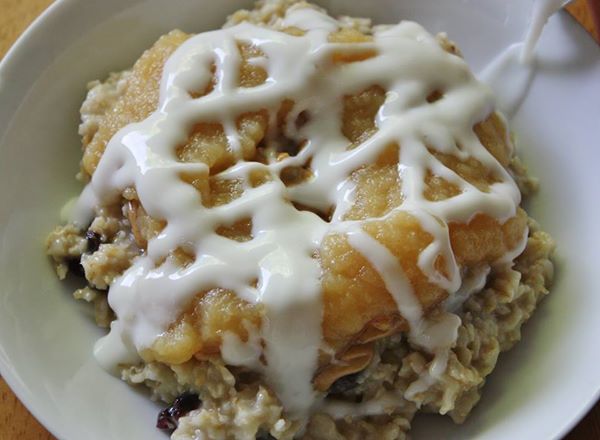
This is one of Adina’s husband’s concoctions: Oats + 9 grain cooked cereal + blueberry craisins + PB + applesauce + milk + drizzling of vanilla yogurt. Minus the special craisins and yogurt this is how her kids learned to eat oatmeal.
Since Adina is in charge of lunch and supper, an oatmeal breakfast, most days of the week, is their compromise. Other days it’s common things like scrambled eggs with a side of sliced bell peppers, toast, and fruit. A recently discovered favorite (for the kids too) is baked oatmeal — with fruit on the bottom (blueberries or peaches usually).
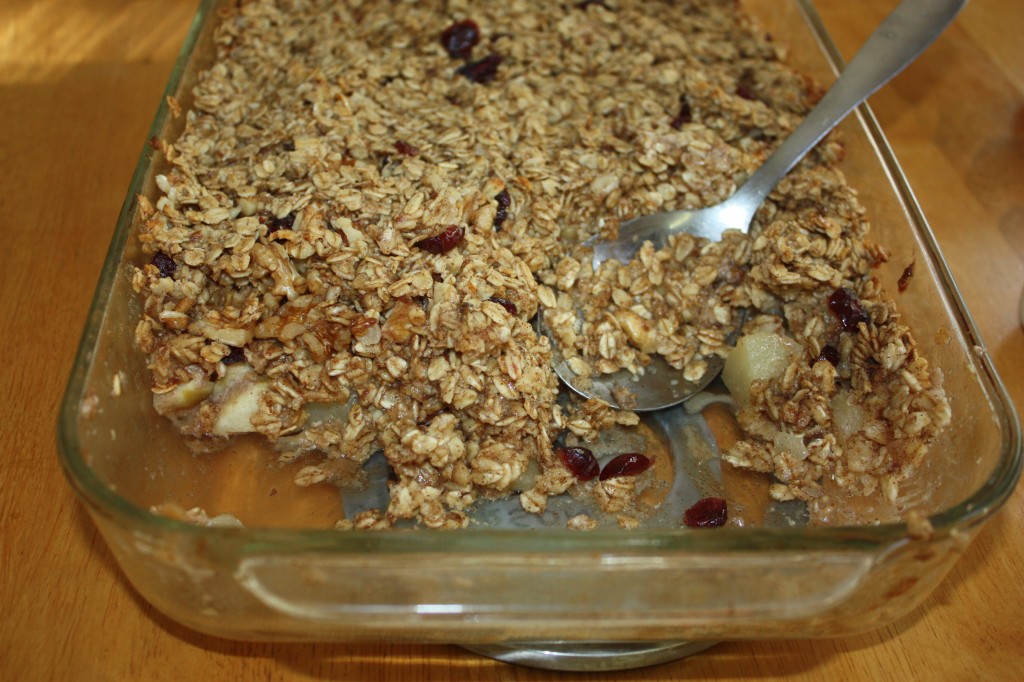
But since this section is about variety and some families find it easier to eat breakfast together than other meals, its worth looking at ways to break the mold. Adina fondly remembers a popular Romanian breakfast she grew up eating: fresh crusty white bread topped with eggplant spread (similar to baba ganoush), feta cheese and tomatoes.
Below are some photos of less common breakfasts from Natalia’s home. Her Russian heritage probably influenced these less traditional dishes. There are many countries that prefer savory breakfasts to sweet ones.
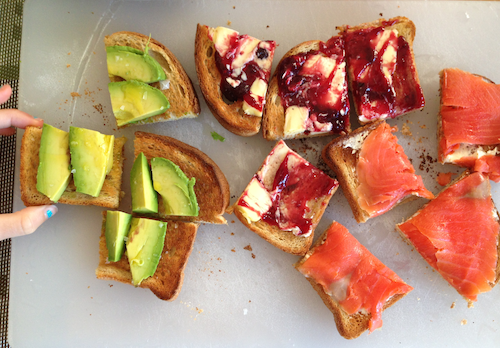
(Toast with various toppings including avocado, salmon&cream cheese and butter & jam)
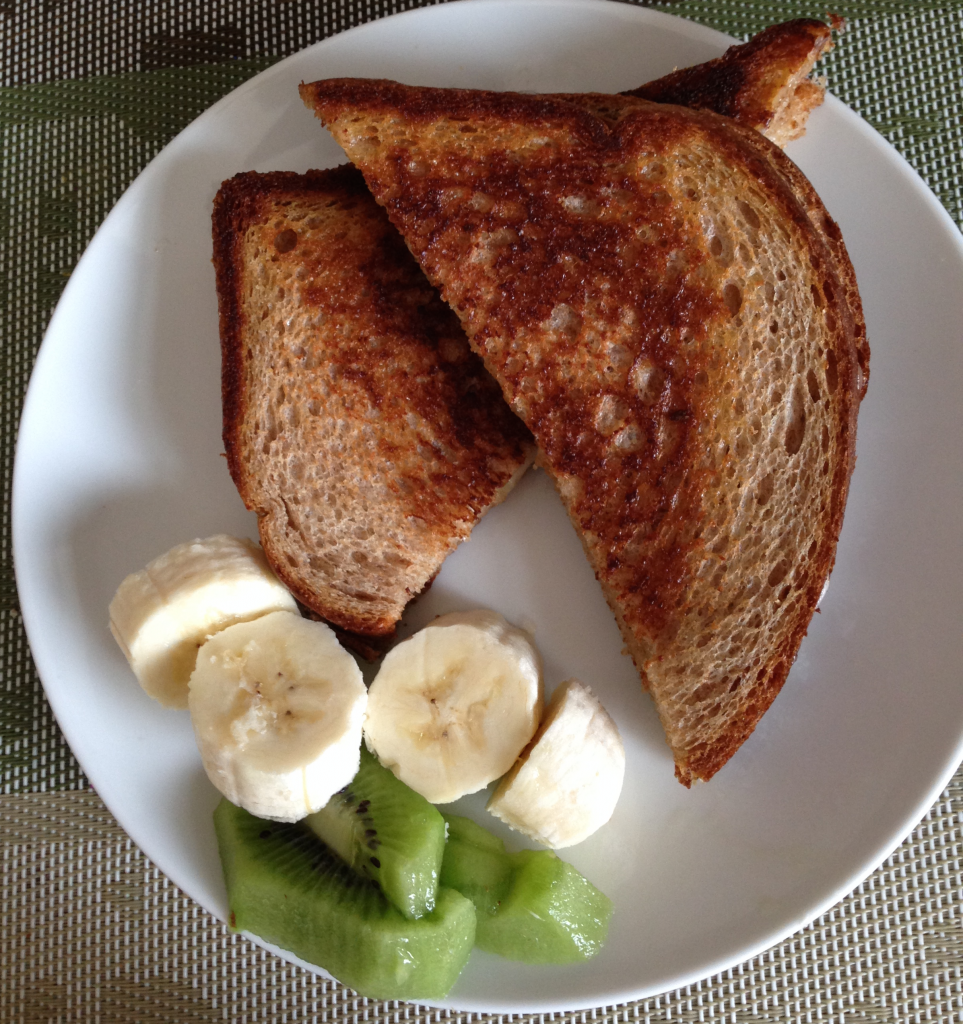
(Grilled cheese sandwich, fruit)
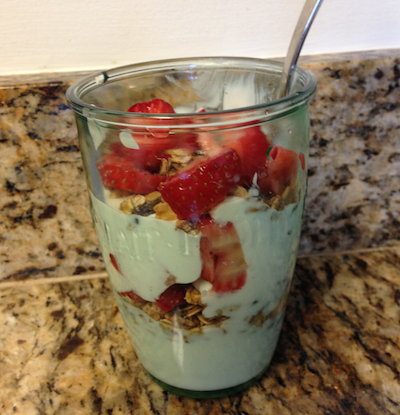
(Yogurt, fruit, granola parfait.)
Notice how some of these breakfasts could also double as snacks. And a couple could double for lunch or dinner. In other words, leftovers could work too. Of course, it may take some convincing to sway the rest of your family toward some of these types of breakfast. Perhaps it’s just not your style. That’s okay too. We are here to explore possibilities.
Fun with Food
The primary purpose of food may be nourishment, but that doesn’t mean that kids can’t learn a lot even without eating it. Beyond flavor, food has color, aroma, weight, feel, and provides learning opportunities outside of eating times.
Gardening
Neither of us (Adina and Natalia) have kept a garden as adults. Natalia lives in an apartment and Adina believes she is missing the green thumb gene. However, Adina’s husband recently planted tomatoes and she is hopeful some of them will someday grow into edible things. The kids were super excited about helping with the starter seeds and are eagerly anticipating their first home grown tomato.
In general, children benefit greatly from experiencing food in the growing and harvesting phase. Being a part of a food’s beginning may change their perspective on it.
Summer Fruit Picking
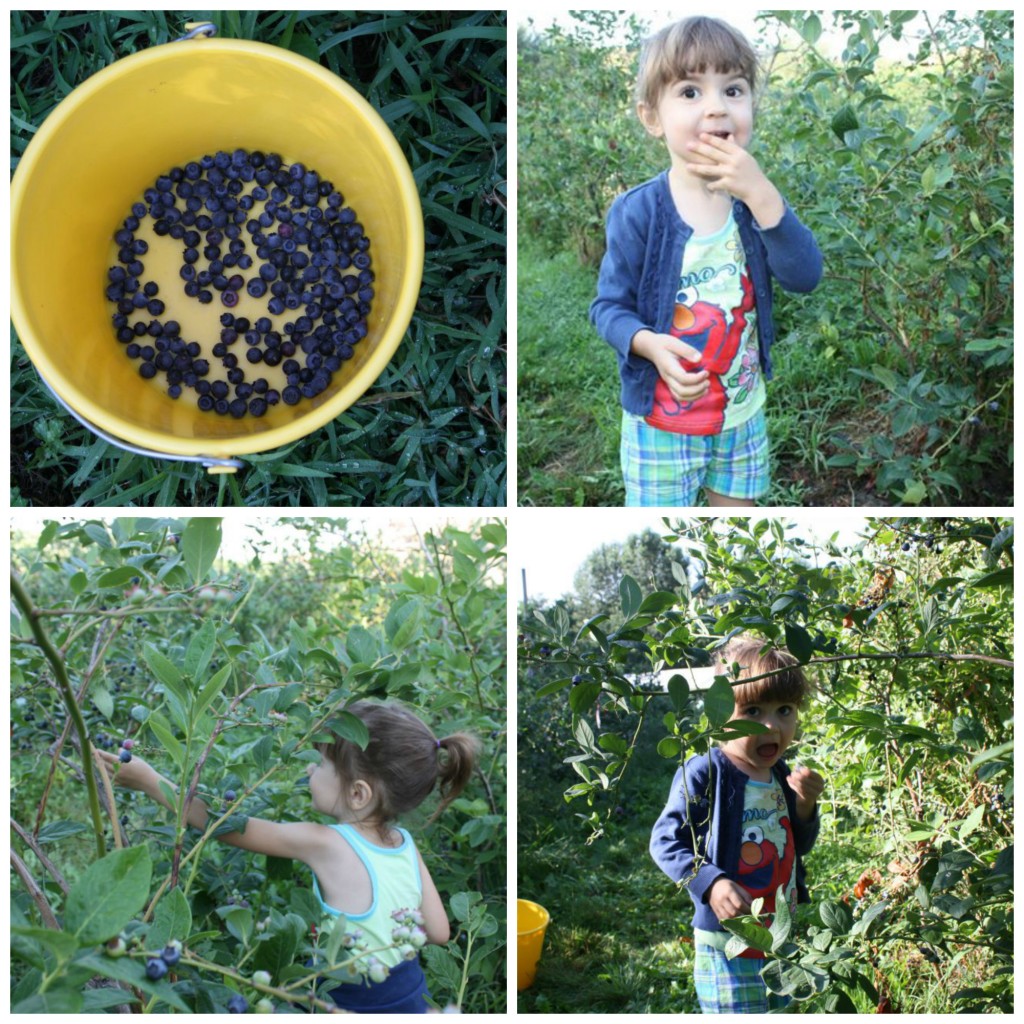
The first time Adina’s daughter went blueberry picking it didn’t dawn on her toddler self that she could eat them right off the bush, until she saw another woman, sampling as she picked. That was the end of any help Adina got that day because her daughter spent her time munching away. Now blueberries were not a ‘new’ or challenging food for her, but it was a very memorable experience. Finding a you-pick fruit farm to visit is a great way to get in touch with a food’s roots without growing your own.
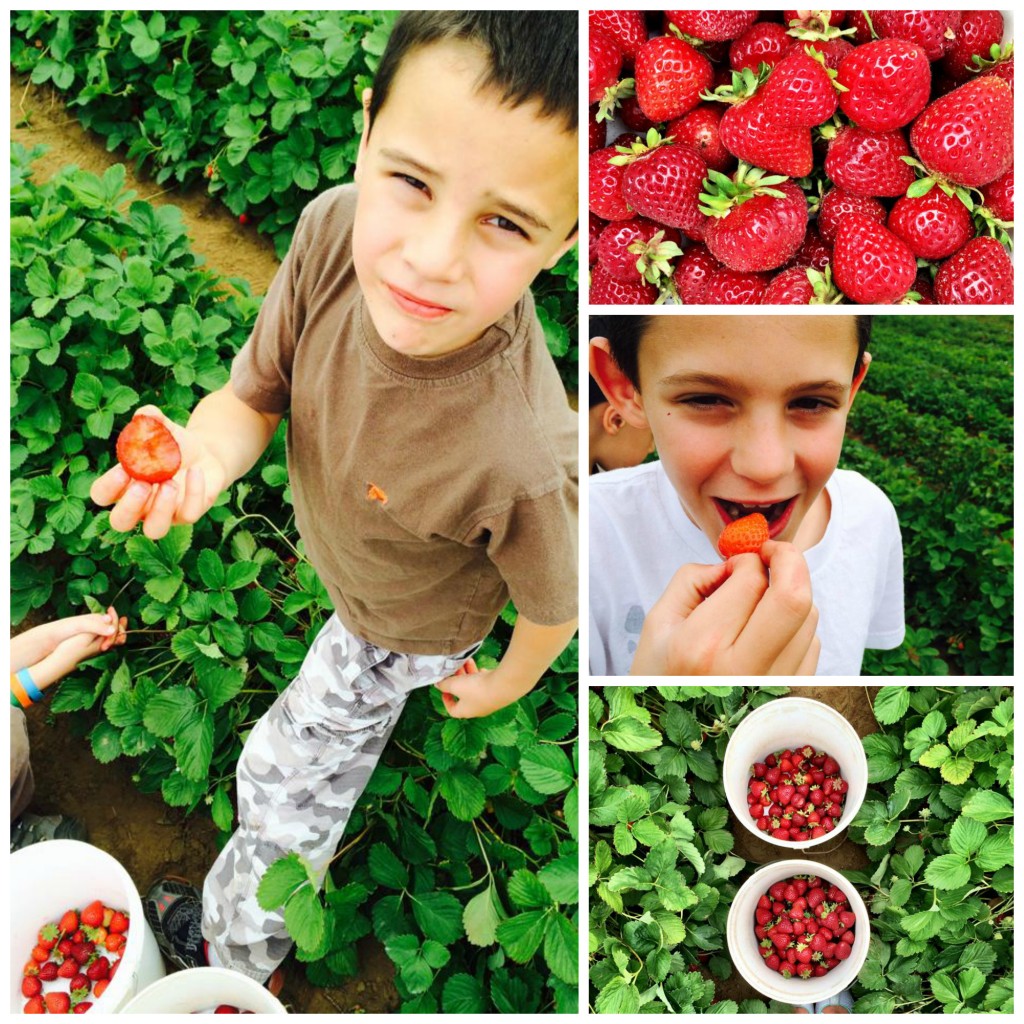
Grocery Store
Kids can learn to help spot foods on your grocery list or help put items in bags
Kids can learn the names and looks of produce they aren’t used to
Cooking together
Kids can get their hands dirty and “play” with food without pressure to eat any of it.
Though we don’t guarantee it, it is not unusual for the little kitchen “helper” to venture out and try bites of things they’d never eat at the table. Watch this darling almost-2-year old sneak up on some kale while helping her dietitian mommy in the kitchen. She looks like she’s getting away with something, doesn’t she?
It is not unusual for children, out of pride in their work, to sample the food they helped make when it is finally served. We don’t guarantee that they will eat it, but cooking a food does lend some familiarity. Ultimately, cooking is about doing something together, passing on a useful skill (over time), and giving children a variety of experiences with food.
“Science” and “Art”
Try stamping or painting with celery.
Slice open an apple and talk about the seeds inside.
Between Google and Pinterest there are countless fun ideas for using food in no-pressure, nothing-to-do-with-eating, fun ways!
Taste Testing
In an effort to keep meal times pressure free and associated with happy feelings, taste testing is best done outside of regular meal times. In fact, we debated including this topic because taste testing risks the same consequences as the “Thank you bite” or “One bite rule,” particularly with the youngest toddlers.
For this reason we recommend you hold off on taste testing until feeding according to your Feeding Job Description is firmly established, your meals are pressure-free and your child is at least 3 or 4 years old. Now if you have older kids who seem interested and your 2 year old is curious, there’s no reason to exclude him. We are just suggesting you not set up a special taste test just for your 2 year old.
Natalia has done some taste testing with her daughters
Natalie’s taste tests with her daughters have had good results in that they were willing participants and seemed to enjoy giving their input on the foods tested.
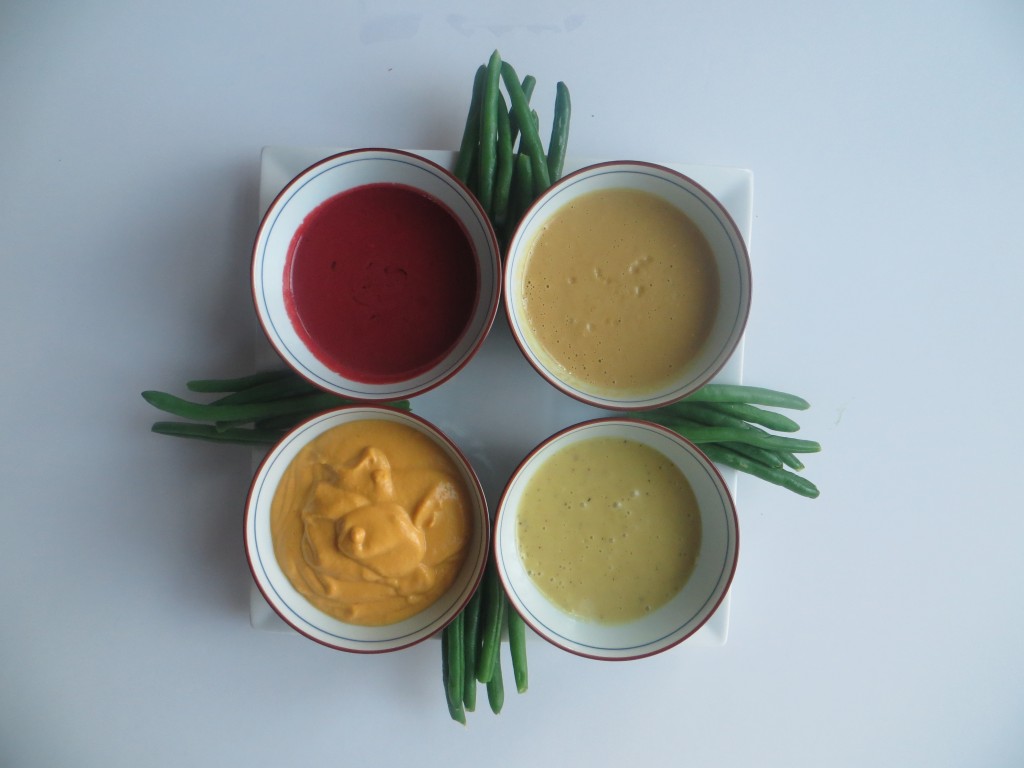
Sampling different dips/dressings
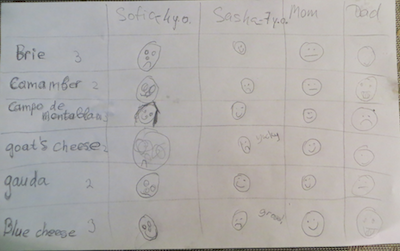
The family’s taste test results
It’s Okay to Spit!
When a child is old enough to learn a “polite spit” it may be a useful little trick to teach them. Instead of saying “yuck!” or feeling panicked if they take a bite of something and regret it, they can discreetly tuck the bite into a napkin without making a scene. Takes the pressure off of trying new foods because there’s a back-up plan.
With very picky eaters – start small
Introducing lots of variety if all your child is eating right now is a handful of foods* can be a challenge. We suggest you start slowly and focus on pleasant stress free meals first. As you get better at sticking to your feeding job and staying out of your child’s eating job at mealtimes you may see your child’s level of anxiety around new foods go down and his interest in new foods increase slowly. But even if your child keeps choosing the same pasta and chicken nuggets from the variety of foods you are offering, it does not mean that you cannot vary things within what he likes already.
Here are some of the examples of what you can do:
Cut the food like chicken nuggets, pizza or bread in different shapes
Buy a different brand of prepared foods like chicken nuggets and crackers
Cook rigatoni pasta instead of elbow
Serve a different sauce with his favorite dish (aside, not mixed in)
Try food chaining. Brainstorm foods that are similar in texture or flavor to your child’s favorites and chain them with the foods your child already likes. For example, if she likes apple sauce, try apple/blueberry sauce. Once she accepts this commercial variety, prepare it at home and next, try serving fresh apples and berries. Or if she likes gold fish crackers, try introducing cheddar squares, then wheat thins, next – toasted white bread and finally – whole wheat bread.
The food chaining approach is a lot of work, of course, but it seems to be effective with kids who are eating extremely limited diets. If you are curious to learn more about it, we recommend the book “Food Chaining” by Cheryl Fraker.
Of course, none of these strategies will be effective and many may backfire and interpreted by your child as pressure if you are not following your Feeding Job Description where your job is to choose what to serve to your child and his job is to decide how much or whether to eat.
*If you suspect your child is more than just “picky” please revisit our section titled Signs of a Bigger Problem.
Summary & Homework
Some of you will be inspired to try the techniques we’ve discussed in this section because you enjoy trying new foods or old foods in new ways—or just because you really want to see your child’s food acceptance increase. Some of you will feel like it is a lot of extra work, like you’re catering in a ‘new’ way.
If this seems fun and you like to do things with food…go for it. If this seems like a burden, you may be okay to skip all of this and just stick to planning basic balanced meals that you and your spouse enjoy with safe foods always available. Neither way is wrong or better.
A child who feels good about eating, trusts you to do your feeding job, and feels able to do her eating job without pressure, will naturally grow to seek variety. She will grow to expand her liked foods. But first, that trust has to be established. We have presented you with some ways to look at variety and how to increase variety, but ultimately, these won’t be tremendously helpful until a healthy feeding relationship is established first. If any of these attempts to increase variety in your child’s (family’s) diet happen before pressure has been removed and the correct feeding jobs are firmly established, they could feel like pressure to your child. So check your agenda and aim to have fun with it without expectations.
Important: all the ideas we share with you in this session are just that – ideas and suggestions. Nothing is cut in stone here. We encourage you to experiment rather than follow a rigid set of rules. And please don’t let the goal of variety bog you down. If you are still shaky on having pleasant family meals and being firm with sticking to your Feeding Job Description, work on that first.
Coming Up Next: The Basics of Balanced & Nutritious Meals
Assignment: Look over your food record and analyze what you served for variety. Then make a list of all the foods your child currently eats (at least now and then) and use this Food List Template to organize those ‘safe’ foods into food groups.
Discussion: Did you make any interesting discovering about the food record after reading this session’s materials? What are your barriers to serving more variety? Did this session inspire you to add variety to your child’s diet? If yes, how? If not, why do you think these strategies will not work for your little one?
